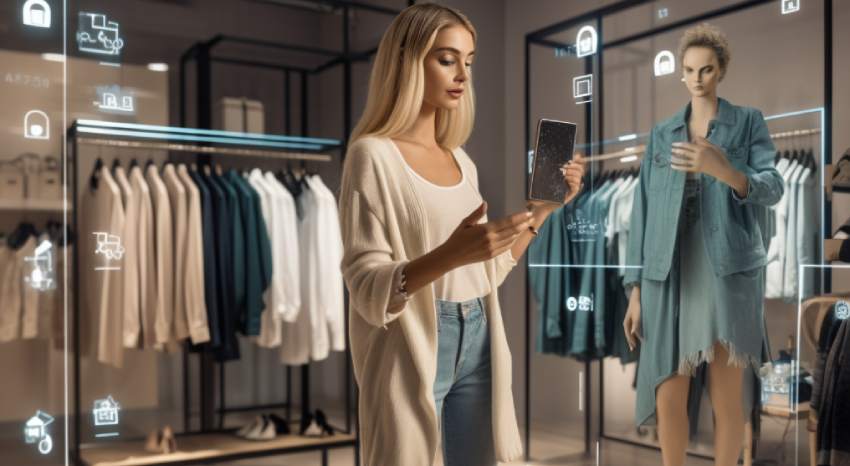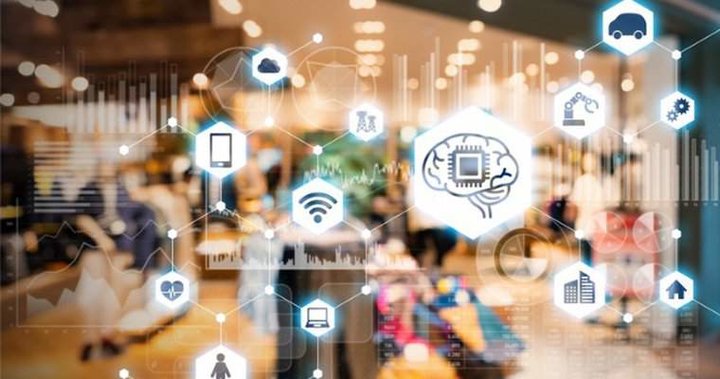
The In-Store Journey: Leveraging Data and Technology to Personalize Customer Experience
For several years, change within the retail industry largely focused on digital experiences and online shopping – a format that grew considerably during the pandemic years. However, data from the U.S. Census Bureau shows e-commerce sales in the U.S. make up just over 15% of total sales. Most shopping is still happening in brick-and-mortar stores.
There is a rising urgency for retailers to prioritize in-store personalization, creating an opportunity for marketers in this industry to expand their in-store engagements. A longtime shift in consumer behavior is changing how businesses view physical retail spaces. Joining the ranks of convenience, price, and localized approaches, personalization in physical stores is now table stakes for improving the customer journey. Data and technology are guiding the way.
Marketers must pay close attention to this latest evolution in the retail industry. Understanding physical stores' new role and how technology supports them will be critical to developing effective strategies for reaching shoppers on their terms.
Physical stores have critical advantages over online platforms and are a vital medium for engaging consumers. Retailers and brands can engage directly with their shared consumers without distraction from home life, commuting, or work. With brick-and-mortar environments, shoppers are right there, live and engaging in-person with a retailer’s product and space. Data shows that physical stores are highly effective for impulse purchases. Data from eMarketer shows that more than 31% of shoppers who found something in-store purchased that item right away. That’s a big percentage compared to just 19% on retail e-commerce sites.
There’s also ample opportunity to bring digital platforms in-store, particularly mobile devices. Shoppers often use their phones in stores to check price comparisons, read reviews, get more detailed product descriptions, and more. Retailers can enhance their mobile apps to show consumers what they want to see while actively shopping in a physical store.
Additionally, retail media networks are on the rise, with retail media ad spending projected to increase more than 35% this year, according to eMarketer. Retailers are seeing the possibilities for new in-store experiences. They are looking to incorporate digital displays in places within stores where they can have the most significant impact on the shopper’s experience.
Consumer data powers personalization, and retailers are increasingly taking advantage of the opportunity to leverage in-store interactions and data to connect with consumers in new ways. Brands can deliver messaging deeper into retail environments than ever before.
Macy’s, for example, re-strategized its brick-and-mortar approach, introducing smaller-format stores across the country. This decision was rooted in consumer research and data to better understand shopper expectations and the experiences they want to have.
The Physical Store is More Than a Point of Sale
Retailers Are Reimagining the Shopper Journey – and Brands Benefit

Apple’s retail stores serve as interactive spaces where customers can experience products first-hand. Customers can use the Apple Store app to check out and take part in in-store events and workshops. These engagements further help Apple to tailor experiences, recommendations, and services across physical and digital stores. Sephora is another well-known example of using augmented reality and digital beauty tools in stores to enhance the shopping experience. Customers can try on products virtually and receive personalized recommendations based on past purchases and try-on histories.
Hy-Vee places digital screens throughout its stores, focusing on shopper “points of rest” such as the entryway, deli, pharmacy, and checkout lanes. In center store areas, the screens are placed near aisle signage where consumers are already in the habit of looking as they navigate their shopping trips. The signage connects brands with consumers at the moment of purchase. decision, delivering products messaging and promotions to educate customers on brands and products.
For any brand looking to connect with customers in new and unique ways, these changes to store formats open the door to personalized experiences powered by consumer data—and, therefore, a rich opportunity for marketers to engage intelligently.
Retailers need to view stores as more than a place to sell. Physical stores are an integral part of retail strategy and should be integrated with digital approaches. Getting it right creates an environment where digital channels create familiarity, and the store makes it a physical reality.
To effectively bridge the gap between traditional and digital retail, the shopping experience should feel both personalized and technologically advanced. As more consumers choose to shop in stores, retailers have an opportunity to leverage this setting to not only boost average transaction sizes but also gather more data that will keep making the in-store experience one consumers want to come back to.





